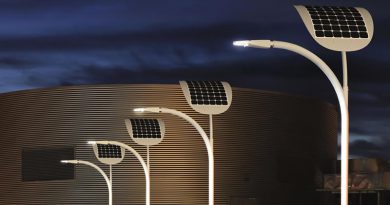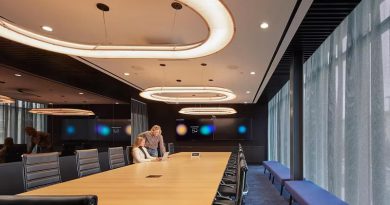Exploring Lighting Control Systems: Types and Applications
Lighting control systems have revolutionized the way we interact with and manage lighting in our environments. These systems provide advanced capabilities to regulate and customize lighting settings, enhancing energy efficiency, comfort, and aesthetics. In this article, we delve into the world of lighting control systems, exploring their various types and applications. Join us on this illuminating journey to discover the power of lighting control.
Understanding Lighting Control Systems
Lighting control systems encompass a range of technologies and solutions designed to manage and manipulate lighting conditions in residential, commercial, and industrial settings. These systems offer flexibility and convenience, allowing users to adjust brightness, color temperature, and even automate lighting based on specific schedules or triggers. By implementing lighting control systems, users can optimize energy consumption, create desired atmospheres, and improve overall lighting quality.
Types of Lighting Control Systems
- Manual Control Systems: Manual control systems are the most basic form of lighting control and involve individual switches or dimmers. Users manually operate switches or adjust dimmers to control lighting output. While simple and cost-effective, manual control systems lack the advanced functionality and automation features offered by more sophisticated systems.
- Timer-Based Control Systems: Timer-based control systems allow users to schedule lighting operations based on predefined time settings. These systems are commonly used for outdoor lighting, signage, and certain indoor applications. By setting timers, users can ensure that lights turn on and off automatically at specific times, providing convenience and energy savings.
- Occupancy and Motion Sensor Control Systems: Occupancy and motion sensor control systems detect the presence or movement of individuals within a space and adjust lighting accordingly. When a sensor detects occupancy or motion, it signals the lighting system to activate or increase brightness. Conversely, if no movement is detected for a certain period, the lights automatically turn off or dim, conserving energy.
- Daylight Harvesting Control Systems: Daylight harvesting control systems leverage natural light to optimize artificial lighting levels. These systems utilize sensors to measure the amount of available daylight and adjust artificial lighting accordingly. By integrating daylight with artificial lighting, energy consumption can be minimized, and occupants can enjoy a well-balanced and comfortable lighting environment.
Applications of Lighting Control Systems
- Residential Applications: In residential settings, lighting control systems offer convenience and energy savings. Homeowners can create personalized lighting scenes, automate lighting schedules, and even control lights remotely through mobile applications. These systems enhance comfort, security, and ambiance within the home.
- Commercial Applications: Lighting control systems find extensive use in commercial spaces such as offices, retail stores, and hospitality establishments. By implementing intelligent lighting solutions, businesses can optimize energy consumption, create visually appealing displays, and improve occupant comfort. Furthermore, the ability to monitor and adjust lighting remotely contributes to operational efficiency.
- Outdoor and Architectural Lighting: Lighting control systems are widely employed in outdoor and architectural lighting applications. These systems enable dynamic lighting displays, color-changing effects, and precise control over different lighting zones. Whether illuminating a building facade, enhancing landscape features, or creating captivating light shows, lighting control systems offer endless creative possibilities.
- Industrial and Institutional Applications: In industrial and institutional settings, lighting control systems play a crucial role in ensuring safety, productivity, and energy efficiency. Facilities such as warehouses, factories, and educational institutions benefit from adaptive lighting solutions that respond to occupancy, optimize energy consumption, and comply with relevant regulations.
Embrace the Power of Lighting Control
Lighting control systems have transformed the way we interact with and experience lighting. By offering flexibility, customization, and energy efficiency, these systems empower us to create captivating environments and optimize lighting performance. Whether in our homes, workplaces, or public spaces, lighting control systems contribute to enhanced well-being, productivity, and sustainability. Let us embrace the power of lighting control and unlock the full potential of illumination.




